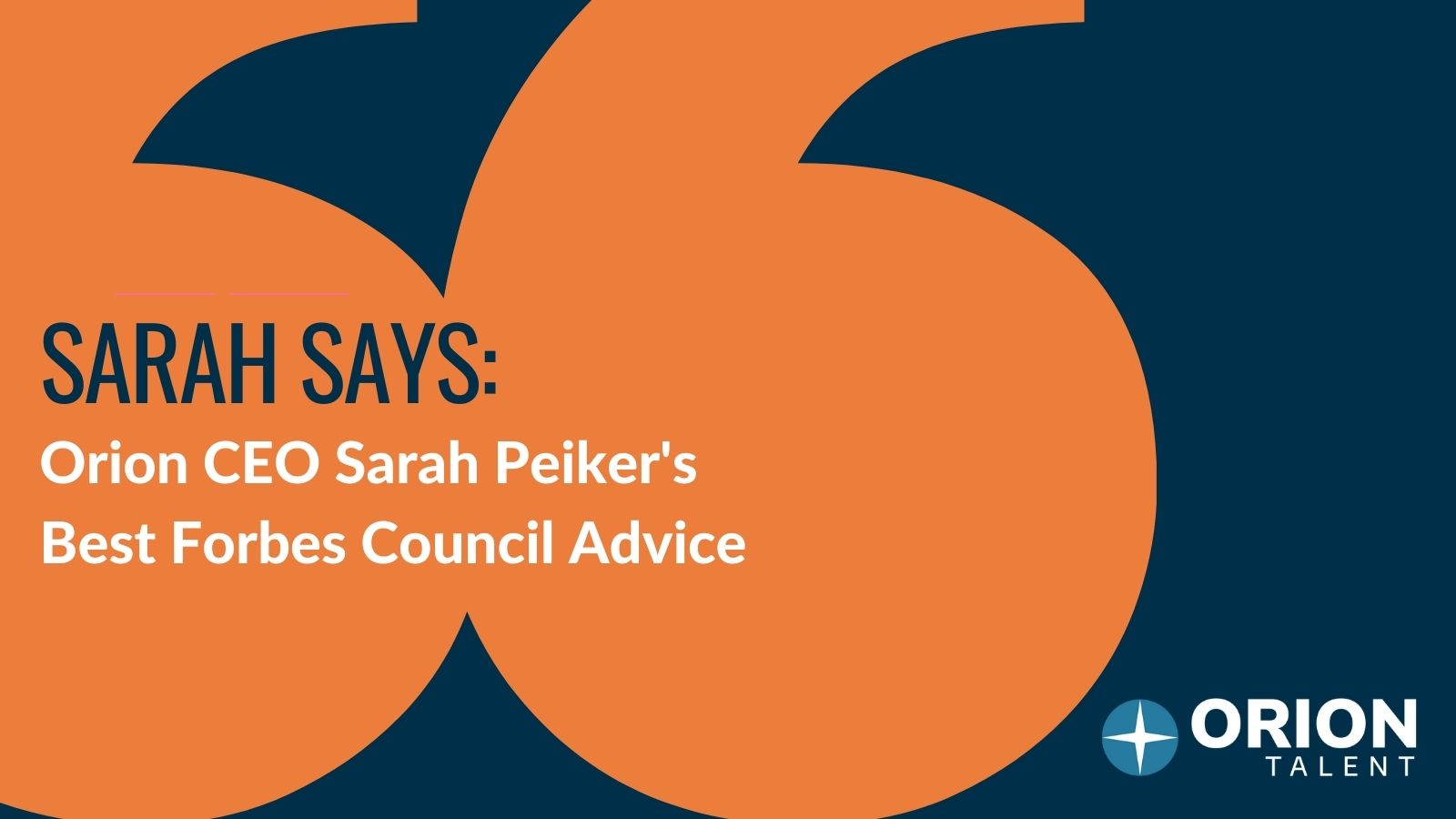
Business professionals, investors, and entrepreneurs have been turning to Forbes Magazine for advice and business-related news for over 100 years. Orion Talent CEO Sarah Peiker was invited to contribute to the Forbes Human Resources Council, an invitation-only organization for senior-level executives, and has published numerous thought leadership pieces since joining Orion Talent in Fall 2021. Here’s a sneak peek into what Sarah says in three of her most recent articles:
Five Assets Military Veterans Bring to the Business Leadership Team
More than 200,000 service members transition out of the military each year. This is a sizeable, highly trained talent pool rich with leadership experience. In this article, Sarah discusses some ways in which veterans demonstrate the skills and leadership abilities necessary to thrive in management roles:
Devotion to learning and training
Constant, rigorous training is part of the military experience, and leaders who believe in continuous training build workforces that adapt and evolve.
Purpose-driven leadership
The vision and dedication military veterans bring to an organization are an asset when it comes to helping employees feel like they’re a part of the big picture.
High tolerance for big stress
Serious responsibilities and stress are part of daily life in the military. This is an asset for any leader!
Customer and employee understanding
Military leaders are disciplined in the Military Decision-Making Process (MDMP), an iterative process that accesses and analyzes a changing operational environment. Applied to the business world, this process helps leaders harness diligence, logic, close observation, and sound judgment to strategically solve problems.
Flexibility
Adaptation, flexibility, and excellent project management skills are required to succeed in the military, and these same skills will allow leaders to adapt and deliver as needed in a business environment.
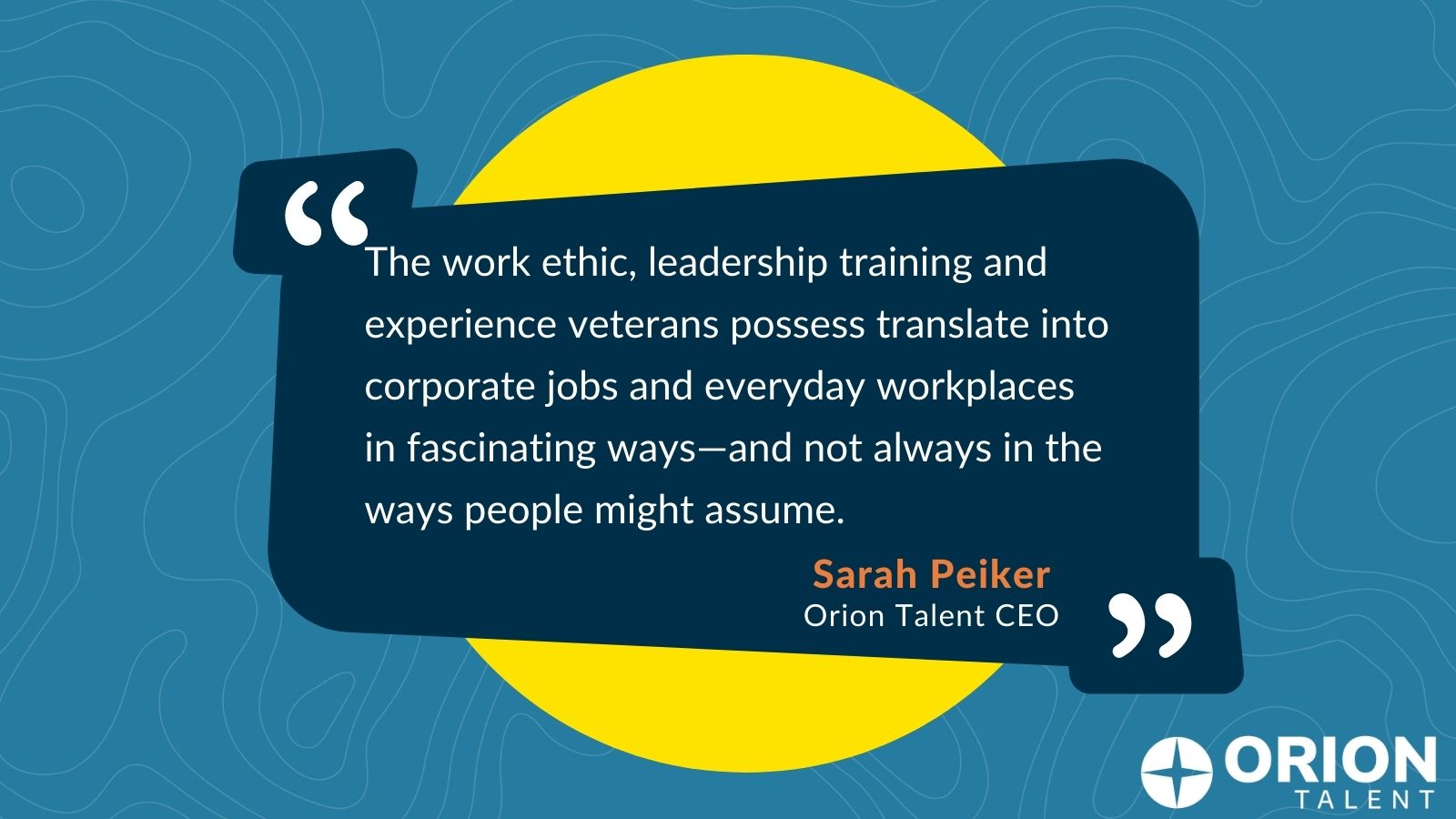
Why and How to Evolve from Human Resources to People & Culture
Orion Talent’s human resources team made the strategic decision to drop “HR” from its name and become “People and Culture” instead. In this article, Sarah discusses why this matters and the impact it played in Orion’s overall direction. She touches on why HR needs to elevate, the risks of a transactional, disconnected HR department, and tips for transforming into a people and culture organization. Here are a few steps to help you get started:
Develop connections across the business
People Partners, members of the people and culture team assigned to specific business units, are responsible for supporting the leaders and team members they’re assigned to and for gaining an understanding of the business goals that drive each unit and team member. Rather than employees and leaders reaching out to HR for information, team members build partnerships and look for opportunities to make an impact.
Welcome and gather data
Use workforce data (surveys, focus groups, town halls, individual listening sessions, etc) to fine-tune programs and tools as well as provide strategic guidance to managers and leaders within the organization.
Refine and safeguard the EVP
Employees are more purpose-driven than at any point in history, so it’s vital that organizations define why people should work for them and build an authentic EVP that attracts and retains talent.
Play a key role in onboarding
Onboarding helps reinforce cultural values from Day 1 and is critical for talent retention.
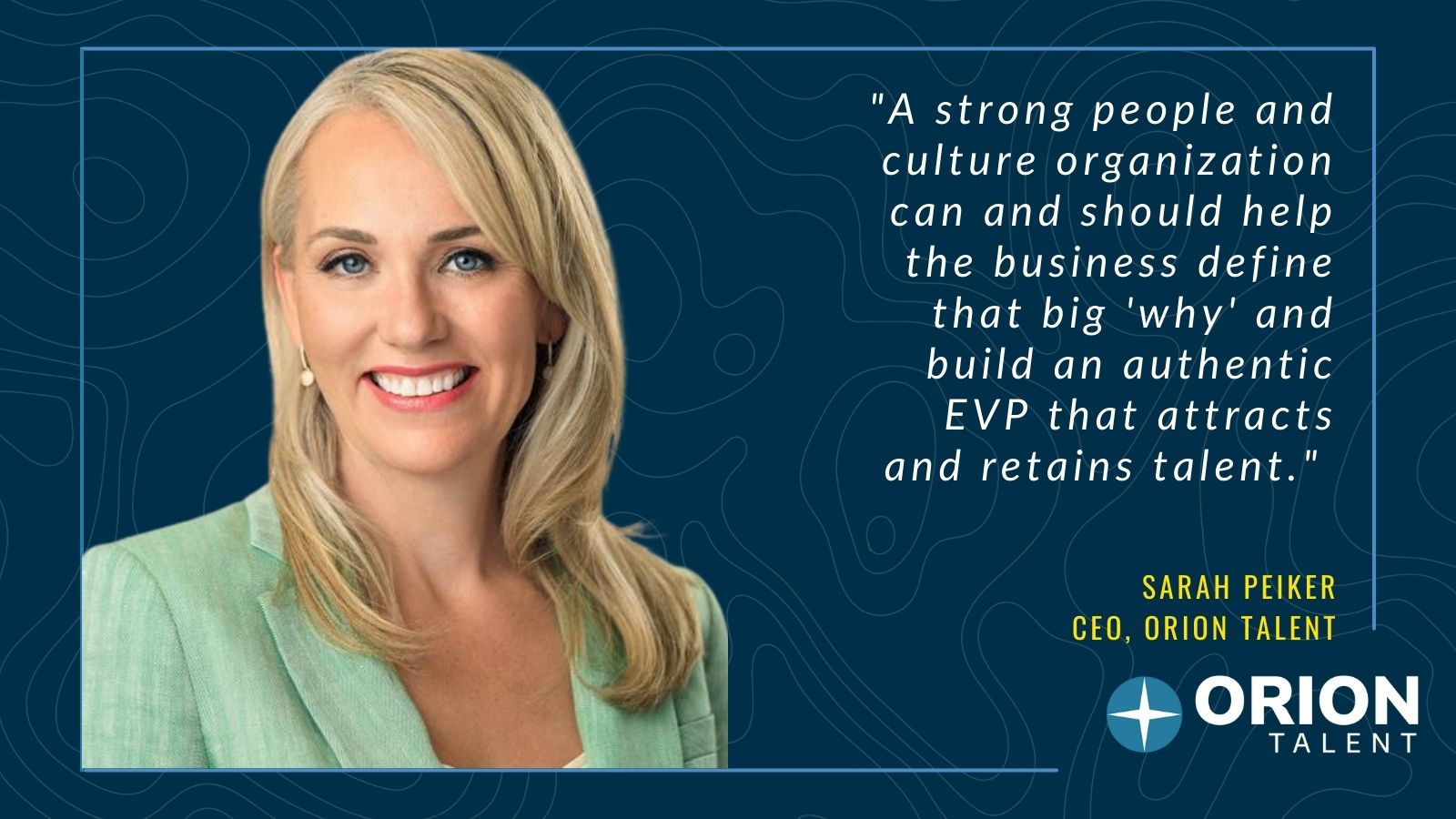
How Workforce Agility Can Help Retention- Even in a Recession
Economic declines can take a toll on the workforce, whether they’re recessionary or not. In this article, Sarah discusses how workforce agility is key for business leaders and employers eager to maintain performance, quality, and customer engagement despite marketplace change. She proposes three ways to build a more agile workplace:
Encourage role flexibility
Encourage employees to think about their jobs in multifaceted ways where they are receptive to forging new paths as markets change and opportunities arise instead of defaulting to linear career paths defined by preexisting organizational roles.
Make agile leadership a principle
Encourage your managers and directors to demonstrate flexibility in their actions and guidance. Give them the space, tools, and budget to help employees grow.
Hire with retention intention
Businesses that hire with purpose have better retention; employees who see and feel purpose on the job are more loyal and flexible in how they work.
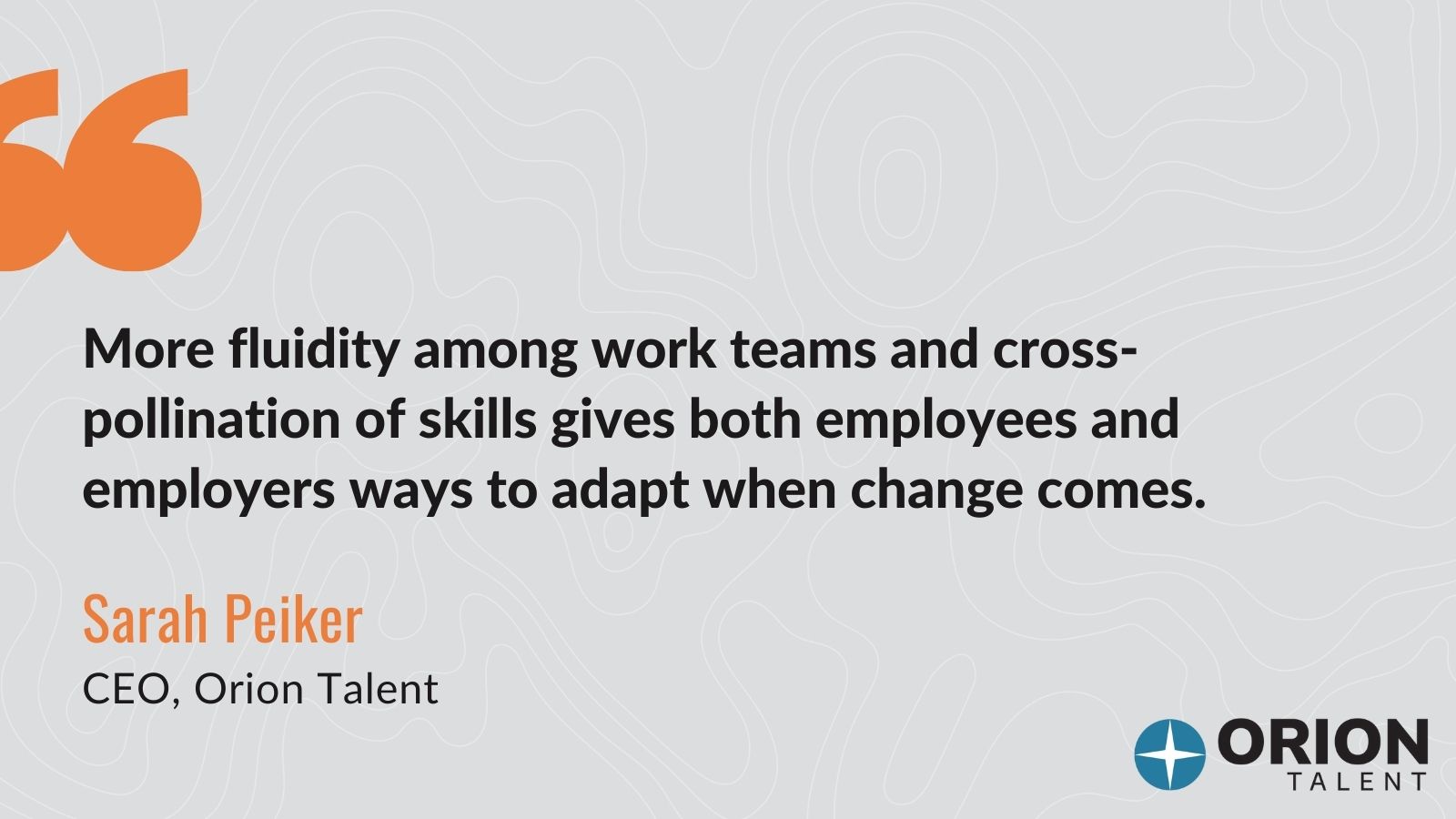 Sarah Says: Words of Wisdom
Sarah Says: Words of Wisdom
You can read all of Sarah’s Forbes Council articles here. Stay tuned for future articles in the coming months, as Sarah’s advice is always insightful and worth a read. Look out for Part II of Sarah Says later this summer.
Archives
- March 2025
- February 2025
- October 2024
- May 2024
- March 2024
- February 2024
- January 2024
- December 2023
- November 2023
- October 2023
- September 2023
- August 2023
- July 2023
- June 2023
- May 2023
- April 2023
- March 2023
- February 2023
- January 2023
- December 2022
- November 2022
- October 2022
- September 2022
- August 2022
- July 2022
- June 2022
- May 2022
- April 2022
- March 2022
- February 2022
- January 2022
- December 2021
- November 2021
- October 2021
- September 2021
- August 2021
- July 2021
- June 2021
- May 2021
- April 2021
- March 2021
- February 2021
- January 2021
- December 2020
- November 2020
- October 2020
- September 2020
- August 2020
- July 2020
- June 2020
- May 2020
- April 2020
- March 2020
- February 2020
- January 2020
- December 2019
- November 2019
- October 2019
- September 2019
- August 2019
- July 2019
- June 2019
- May 2019
- April 2019
- March 2019
- February 2019
- January 2019
- December 2018
- November 2018
- October 2018
- September 2018
- August 2018
- July 2018
- June 2018
- May 2018
- April 2018
- March 2018
- February 2018
- January 2018
- December 2017
- November 2017
- October 2017
- September 2017
- August 2017
- July 2017
- June 2017
- May 2017
- March 2017
- February 2017
- January 2017
 RSS Feed
RSS Feed
Subscribe to Orion's Blog
Featured Blogs
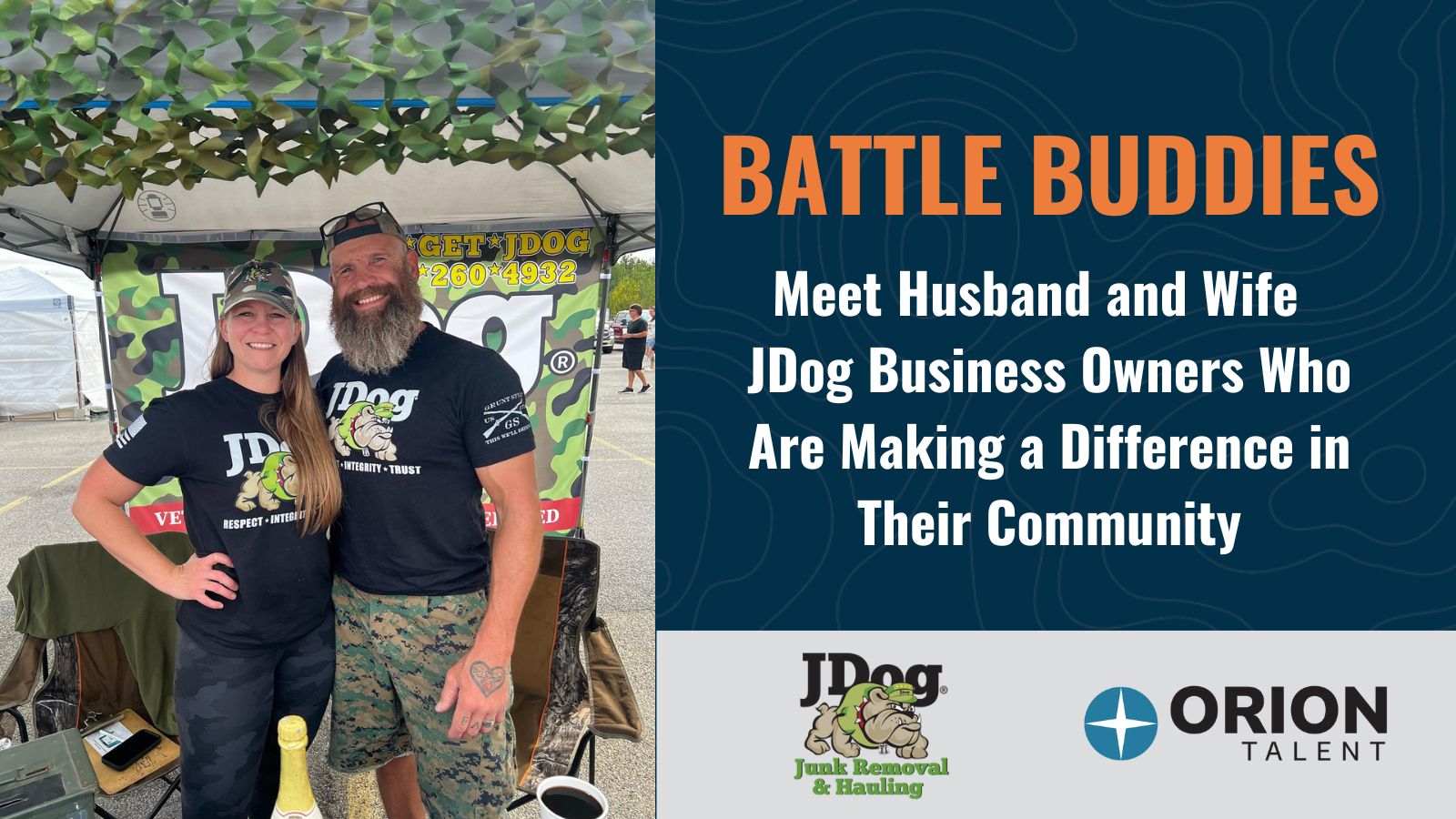
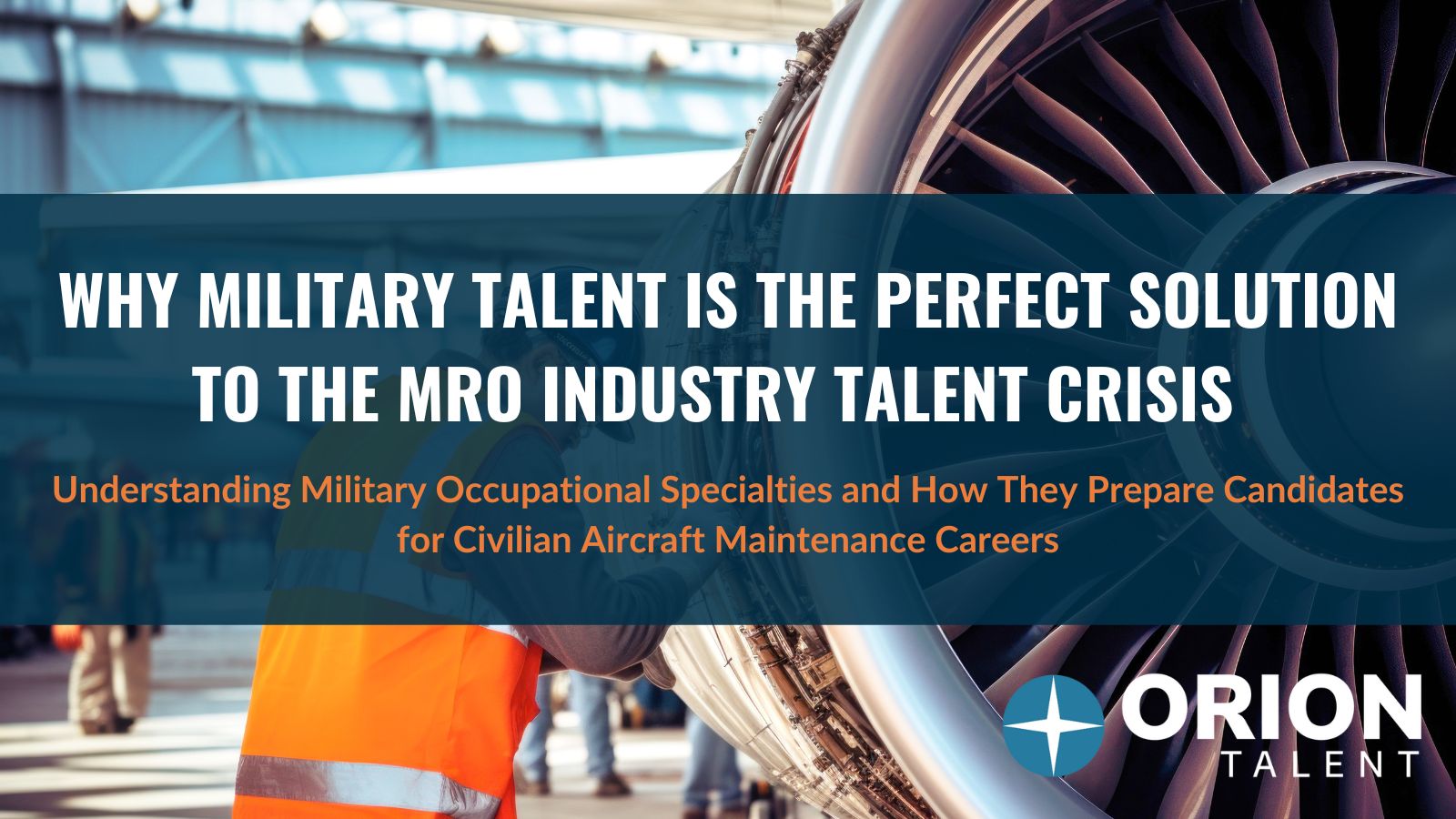


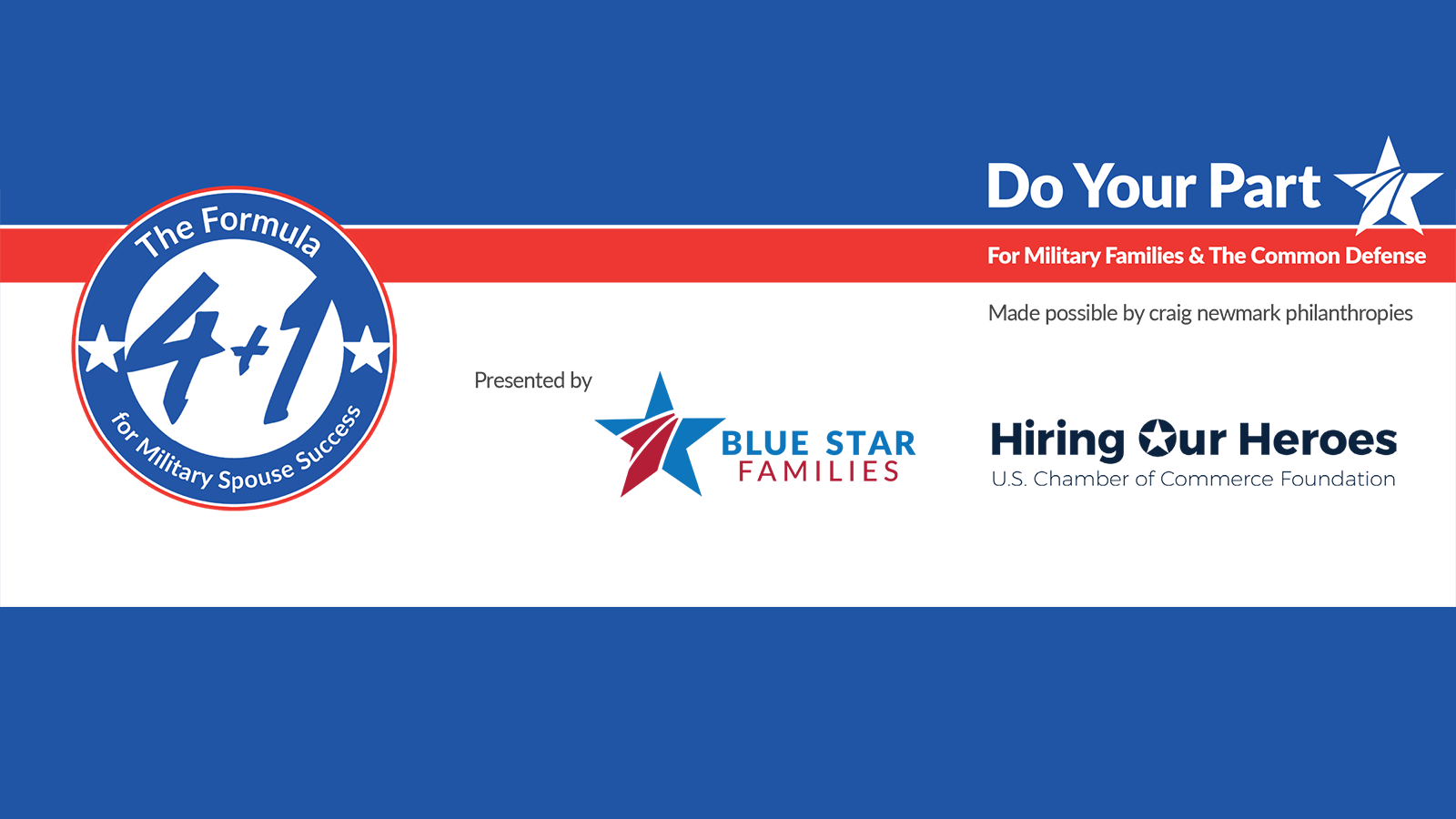
.jpg)















